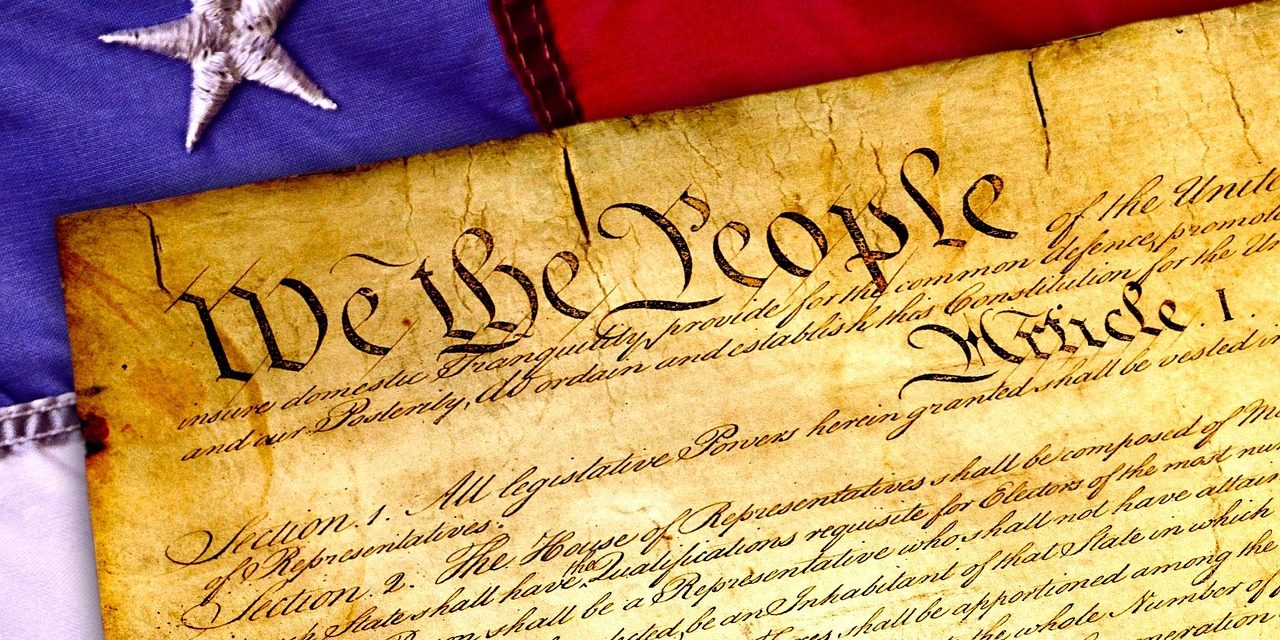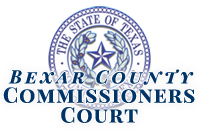The Problem
•The Fourth Amendment of the U.S. Constitution protects Americans from random and arbitrary stops and searches.
•According to the government, however, these basic constitutional principles do not apply fully at our borders. For example, at border crossings (also called “ports of entry”), federal authorities do not need a warrant or even suspicion of wrongdoing to justify conducting what courts have called a “routine search,” such as searching luggage or a vehicle.
•Even in places far removed from the border, deep into the interior of the country, immigration officials enjoy broad—though not limitless—powers. Specifically, federal regulations give U.S. Customs and Border Protection (CBP) authority to operate within 100 miles of any U.S. “external boundary.”
•In this 100-mile zone, Border Patrol agents have certain additional authorities. For instance, Border Patrol can operate immigration checkpoints.
•Border Patrol, nevertheless, cannot pull anyone over without “reasonable suspicion” of an immigration violation or crime (reasonable suspicion is more than just a “hunch”). Similarly, Border Patrol cannot search vehicles in the 100-mile zone without a warrant or “probable cause” (a reasonable belief, based on the circumstances, that an immigration violation or crime has likely occurred).
•In practice, Border Patrol agents routinely ignore or misunderstand the limits of their legal authority in the course of individual stops, resulting in violations of the constitutional rights of innocent people. These problems are compounded by inadequate training for Border Patrol agents, a lack of oversight by CBP and the U.S. Department of Homeland Security, and the consistent failure of CBP to hold agents accountable for abuse. No matter what CBP officers and Border Patrol agents think, our Constitution applies throughout the United States, including within this “100-mile border zone.” Much of U.S. Population Affected
•Many people think that borderrelated policies only impact people living in border towns like El Paso or San Diego. The reality is that Border Patrol’s interior enforcement operations encroach deep into and across the United States, affecting the majority of Americans.
•Roughly two-thirds of the United States’ population lives within the 100-mile zone—that is, within 100 miles of a U.S. land or coastal border. That’s about 200 million people.
•Connecticut, Delaware, Florida, Hawaii, Maine, Massachusetts, New Hampshire, New Jersey, New York, Rhode Island and Vermont lie entirely or almost entirely within this area.
•Nine of the ten largest U.S. metropolitan areas, as determined by the 2010 Census, also fall within this zone: New York City, Los Angeles, Chicago, Houston, Philadelphia, Phoenix, San Antonio, San Diego and San Jose. Outdated Legal Authority and Lack of Oversight
•The regulations establishing the 100-mile border zone were adopted by the U.S. Department of Justice in 1953—without any public comments or debate. At the time, there were fewer than 1,100 Border Patrol agents nationwide; today, there are over 21,000.
•The Border Patrol often ignores this regulation and, aside from limiting interior checkpoint locations to within the 100-mile zone, rejects any geographic limitation on agents’ authority. At least two federal circuit courts condone Border Patrol operations outside the 100-mile zone, federal regulations and Supreme Court precedent notwithstanding.
•Federal border agents are stopping, interrogating, and searching Americans on an everyday basis with absolutely no suspicion of wrongdoing, and often in ways that our Constitution does not permit.








